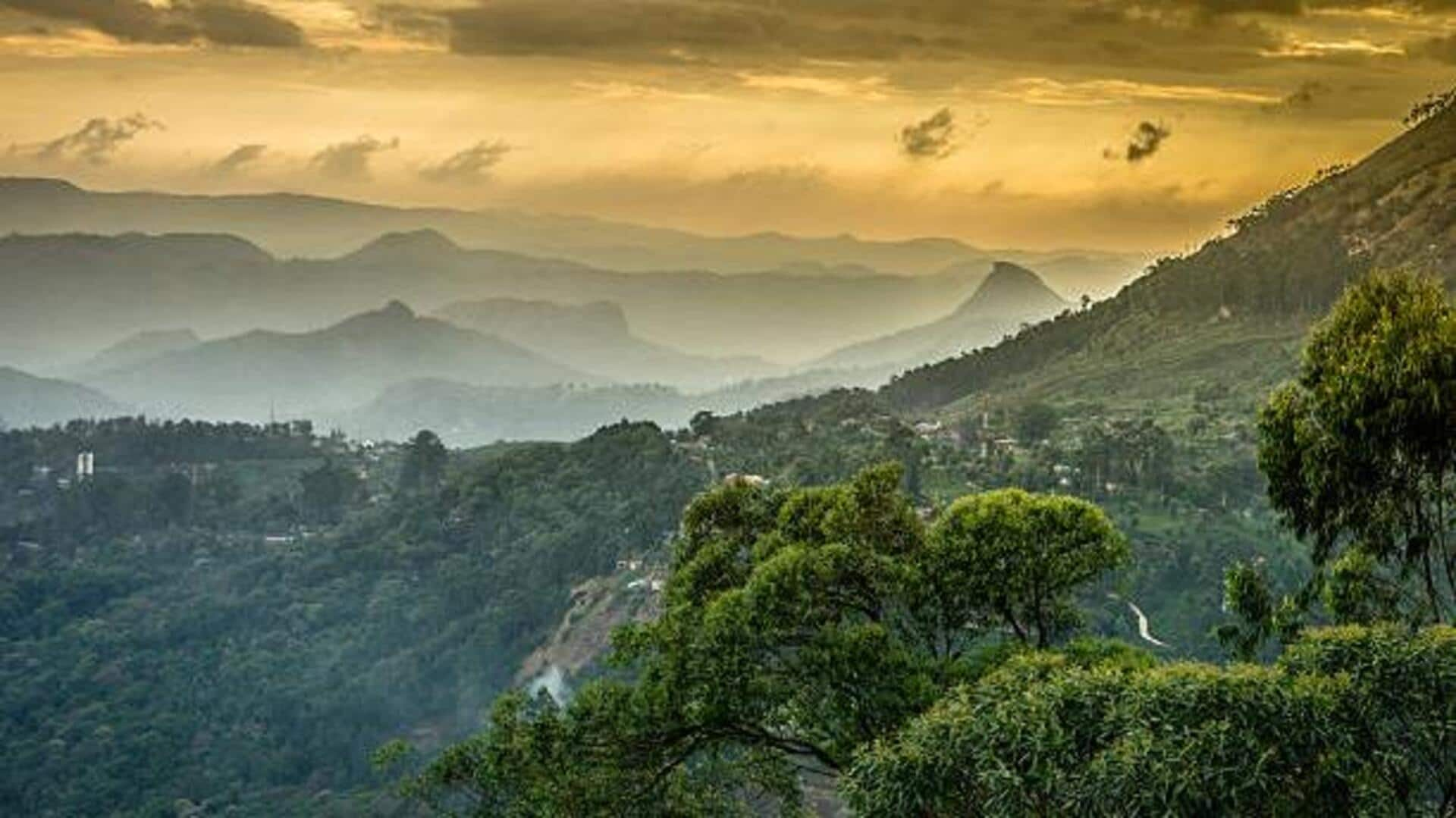
India's Western Ghats: A paradise for nature lovers
What's the story
The Western Ghats, a UNESCO World Heritage site, is India's biodiversity hotspot. Spanning over 1,600 kilometers along the western coast, this mountain range hosts a variety of flora and fauna. With its lush forests and varied ecosystems, it provides a unique experience for nature lovers. The region's rich biodiversity comprising several endemic species of plants and animals makes it an amazing place to explore natural wonders.
Flora diversity
Explore the rich flora
The Western Ghats are home to over 7,000 species of flowering plants. This includes some rare and endemic species that are found nowhere else on earth. The region's tropical rainforests offer an ideal habitat for the plants to flourish. Visitors can see colorful orchids, medicinal herbs, and gigantic trees that create thick canopies. This botanical diversity is vital to maintaining ecological balance.
Fauna variety
Discover unique fauna
Home to over 500 bird species and many mammals such as elephants and tigers, the Western Ghats provide amazing wildlife viewing opportunities. The region also houses many amphibians and reptiles endemic to the region. Birdwatchers can get an opportunity to spot colorful hornbills if they trek through forest trails. Conservation efforts have been immense in protecting these habitats for future generations.
Trekking trails
Trekking adventures await
The Western Ghats has plenty of trekking options for beginners as well as those who've been hiking for years. You could trek up to Kudremukh Peak (for panoramic views) or Chembra Peak (with a heart-shaped lake on the way). Either way, you're in for breathtaking views of valleys with misty clouds or tea plantations on hills.
Cultural insights
Experience local culture
Exploring local villages settled amidst the mountains gives travelers an insight into the traditional lifestyles of indigenous communities. They have been living here for centuries, their customs demonstrating a harmonious coexistence with nature's bounty. They live in the middle of fragile ecosystems without disturbing them, exhibiting a deep respect and understanding of their natural surroundings. This glimpse into age-old traditions offers a unique perspective on sustainable living in harmony with the environment.